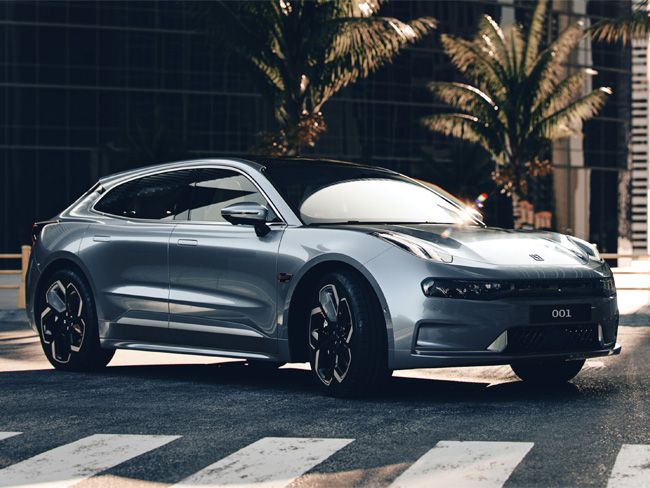Times are changing, and electric vehicles (EVs) are gaining popularity among car buyers. For many, this automotive changing of the guard is a bittersweet affair. However, if you go into your EV search armed with some of the basic lingo and knowledge necessary to pick a good electric vehicle, you might end up with an EV you really like, like a Nissan LEAF or Mini Electric Hardtop. Here are some of the basics of electric cars and EV terms you should know, like kWh and DC charging.
How many types of electric cars are there?
If you’re considering an electric car, you might need to assess what kind of EV best suits your lifestyle. Currently, automakers produce Battery Electric Vehicles (BEVs), Hybrid Electric Vehicles (HEVs), Plug-in Hybrid Electric Vehicles (PHEVs), and Fuel Cell Electric Vehicles (FCEVs). BEVs are what most people think of when they imagine a contemporary EV, like a Tesla Model 3. Those vehicles employ battery-stored electricity to drive motors without the assistance of an internal combustion engine (ICE).
What is the difference between a mild hybrid and a full hybrid?
All types of hybrid cars are powered by a combination of an ICE and an electric motor. Whether a car is a mild hybrid or full hybrid depends on whether the electric motor can support the car on its own.
In a mild hybrid, the car only uses the electric motor to support the engine during acceleration and cruising. The electric motor is unable to power the car on its own. In a full hybrid, however, the electric motor can power the car on its own; the ICE only kicks in when more power is needed or when higher speeds are reached.
How Far Can EVs Go?
Most all-electric cars can now go more than 200 miles on a full charge—much less than the typical 400- to 500-mile range for gasoline cars. We found that the Environmental Protection Agency-rated range is quite accurate for EVs, though hilly terrain and cold weather cut that range significantly. And driving in cold weather will shorten the range noticeably because of the power required to heat the cabin.
Driving an EV requires planning. But plug-in hybrids have a combined gasoline and electric range of 400 to 550 miles, and if you plan it right, you may never have to go to a gas station, except for during long trips.

A Batch Of Cars Exported Are Ready To Deliver
September 11, 2022

A Batch Of BYD Has Been Shipped
October 06, 2022

What Is ZEEKR 001 2023 Edition
October 23, 2022
+8617737708973